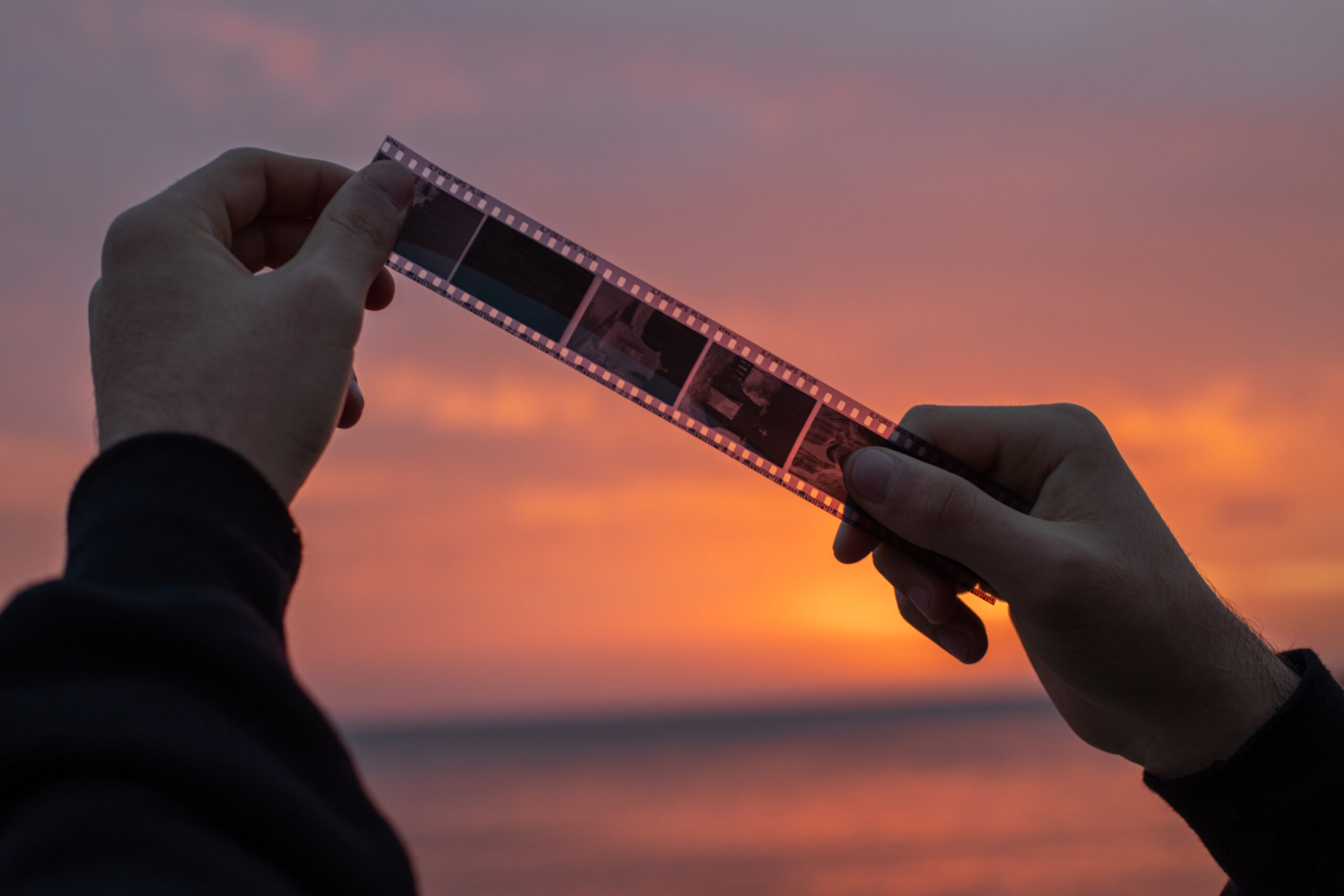It’s crazy to think that there was a time when getting your photo taken was a privilege reserved solely for society’s elite. Fast forward a couple of decades, and, for better or for worse, it’s practically impossible to go a single day without either taking a photo yourself or appearing in someone else’s.
We can all agree that, in this day and age, photography is more accessible than ever.
Practically every single phone – no matter how cheap it may be – comes with its own camera, entry-level DSLRs are more affordable than ever, and the internet is brimming with free content allowing any ordinary citizen to turn into a photography aficionado.
This is all great news for anyone wanting to spice up their Instagram feed with a couple of cool shots, however, it also means that the market is insanely saturated with sub-par images from self-professed ‘professional photographers’.
So, if you’re looking to spice up your brand with some top-notch images or just get better acquainted with the art of photography, it’s key to be able to identify the elements of a good photo.
But before we delve into the ins and outs of good photography, let’s settle on a definition for the practice.
Simply put, photography refers to the act of capturing light with a camera; digital cameras capture light using a digital sensor, whilst film cameras capture light on film.
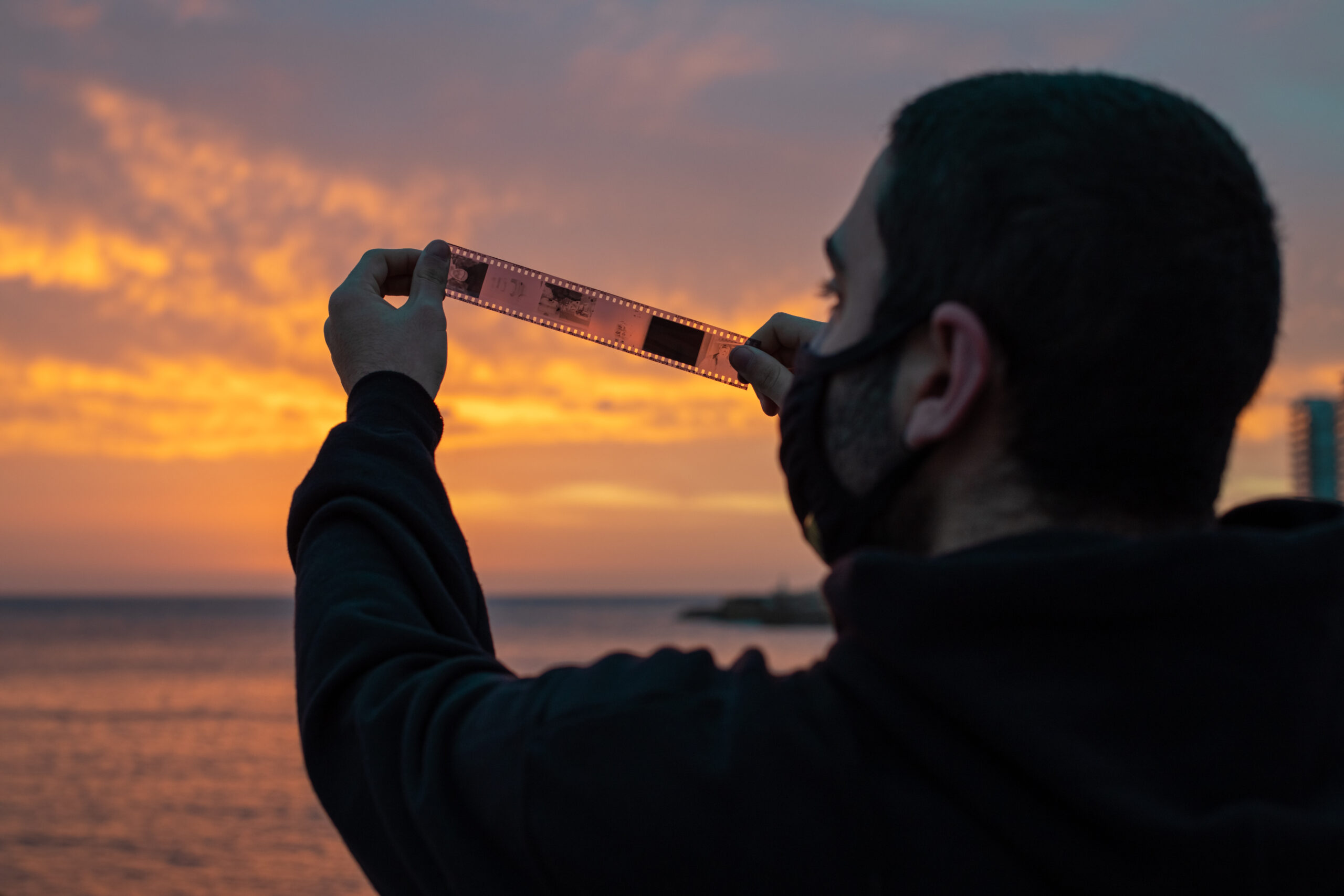 Sounds simple enough, right?
Sounds simple enough, right?
As photography became more and more popular, what started off as something akin to a science experiment turned into an art form – and as with any other art form, photography has countless derivatives. Here are some of the most popular:
Portrait photography 🧑🦱
Portrait photography refers to photos that use the human face as their main subject. Because of the sheer importance given to this one element of the human body, portrait photography tends to show off a face’s textures, emotions, and details better than any other type of photography out there.
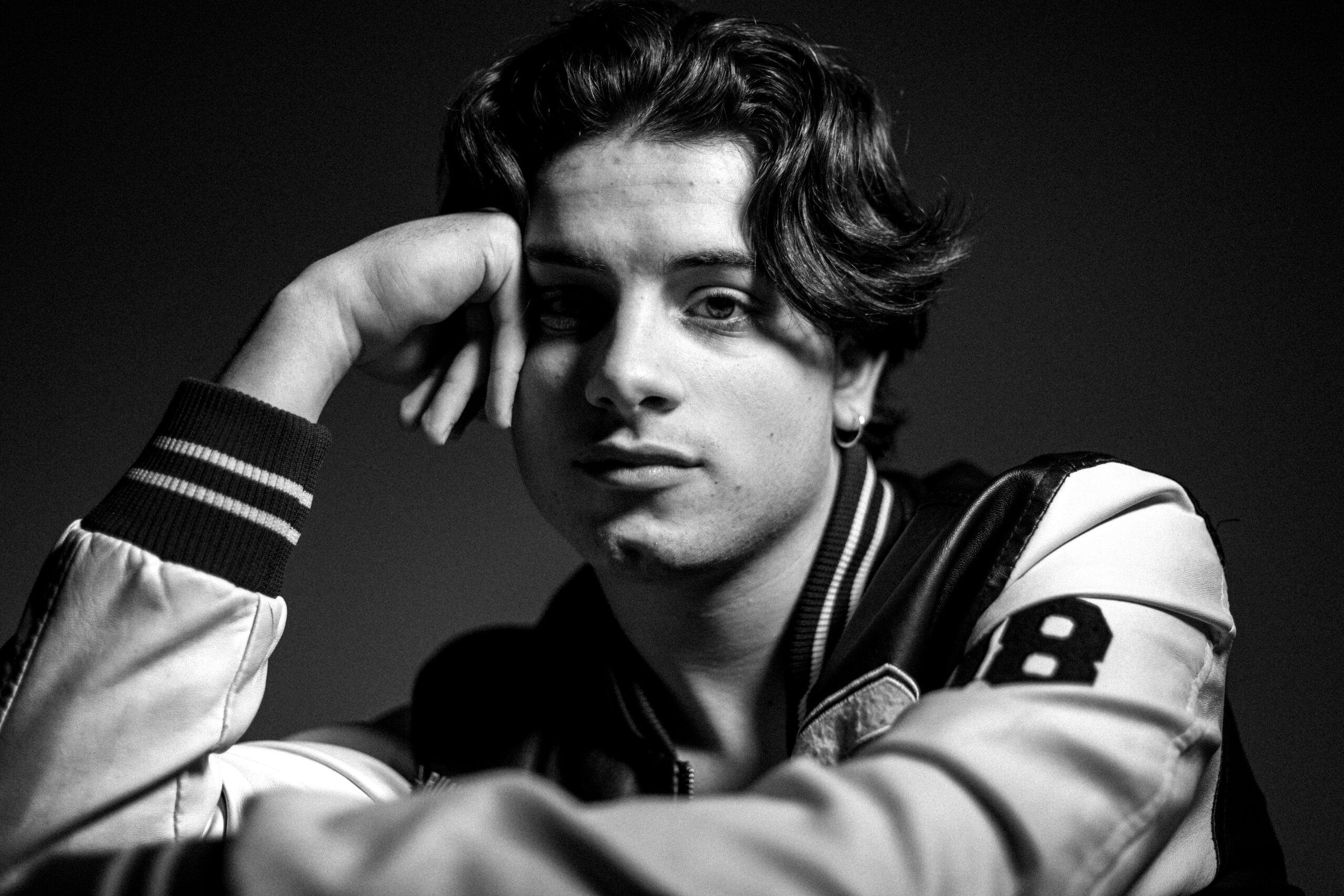
Food photography 🍕
How many times have you come across photos of some random guy’s plate of food on Instagram? Too many to remember. Believe it or not, that’s its own genre of photography, aptly referred to as ‘food photography’. The subjects of these images can vary from shots of varied, uncooked ingredients, to detailed photos of full-on feasts.
Food photography also falls under a couple other categories – but more on that later.
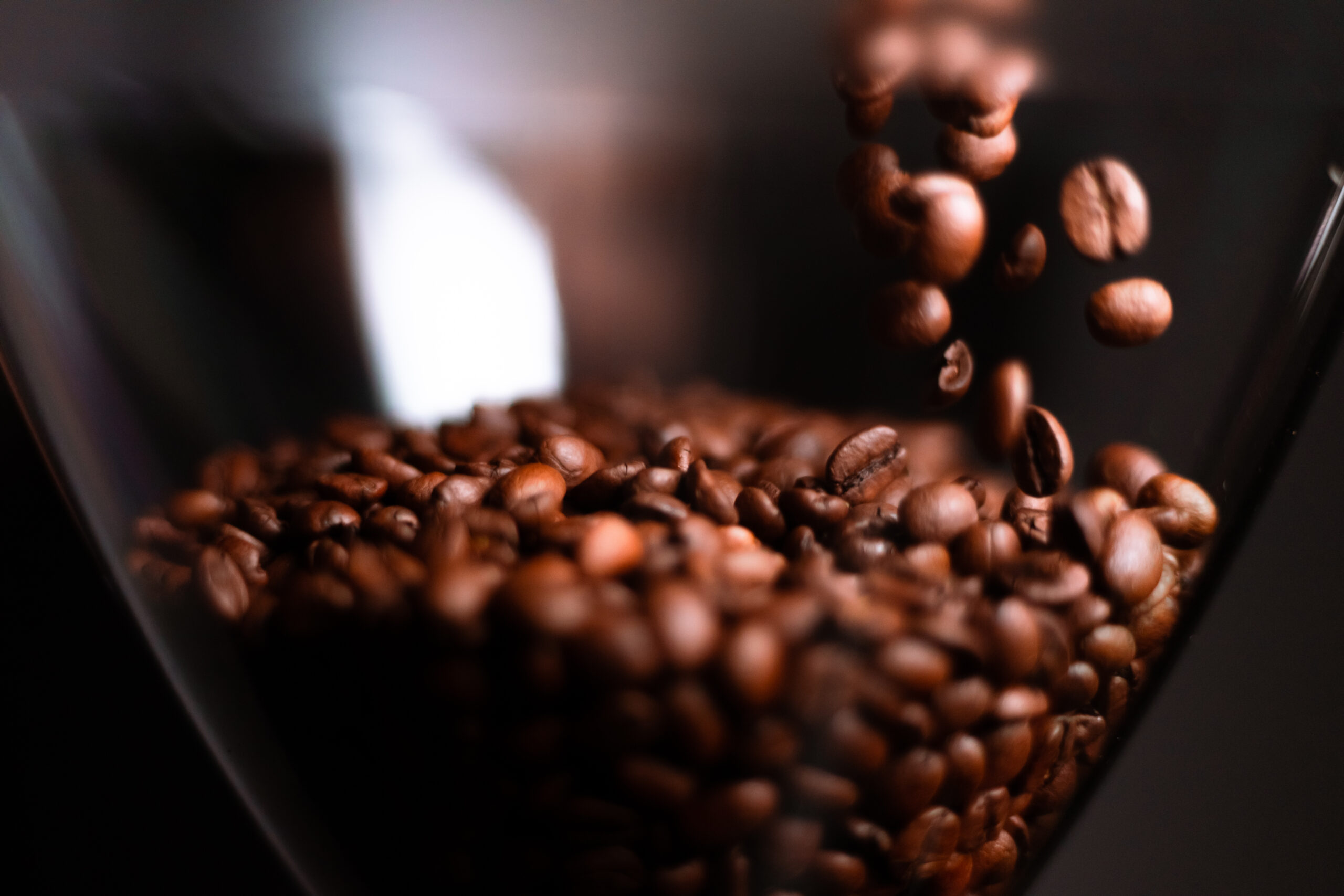 Documentary photography 📜
Documentary photography 📜
These images seek to tell a story, document historical events, and capture an environment’s idiosyncrasies. Documentary photography isn’t concerned with making its subject look particularly pleasant, rather, it looks to provide viewers with an honest, unadulterated view of events.
 Landscape photography 🌆
Landscape photography 🌆
This type of photography focuses on capturing the beauty of environments – be it man-made or natural – and, for that reason, landscape photography can only happen in the great outdoors. So, whether the photo’s subject is an unending desert plain or a city panorama, it qualifies as a landscape just the same.
 Commercial photography 💸
Commercial photography 💸
As its name suggests, commercial photography refers to any photo taken for commercial use. Because of the sheer broadness of this category, plenty other types of photography fall under it; take food photography, for example. Oftentimes, a newly opened restaurant would want to get some mouth-watering shots of its best dishes to market itself to new customers. Such photos would, therefore, fall under both food and commercial photography.
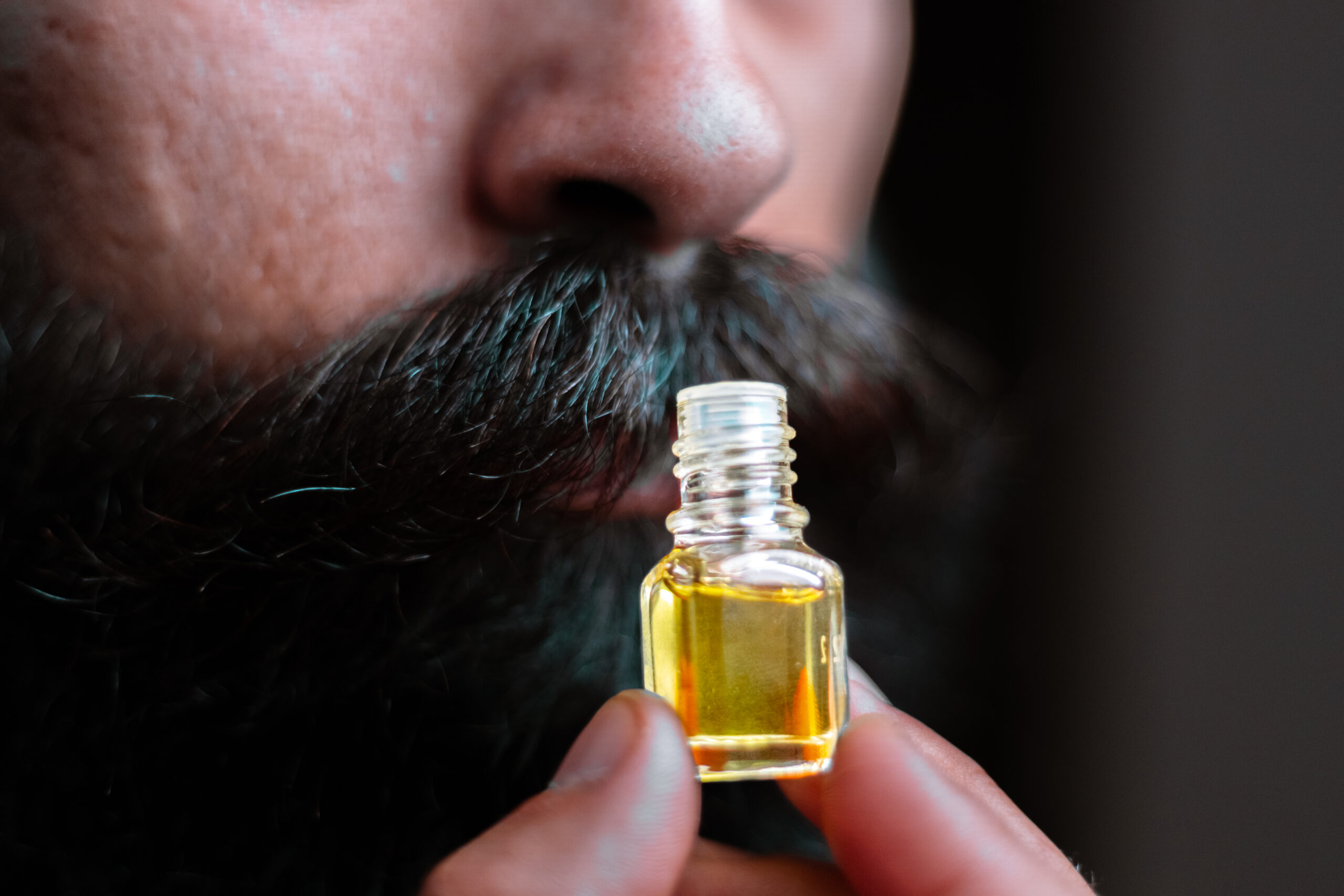 Now that that’s settled, let’s figure out what sets apart good photos from bad ones…
Now that that’s settled, let’s figure out what sets apart good photos from bad ones…
Generally, a well-shot photo can be boiled down to one thing – good composition.
Composition’s the way a photo’s elements are captured and arranged throughout the entire frame. One way that beginner photographers seek to dictate their photos’ composition is by adopting the rule of thirds, although that’s just the tip of the iceberg.
Elements of composition can be boiled down into two categories: visual elements and abstract elements. Let’s start with the former.
Visual element #1 – The basic elements 📸
No matter how complex a photo may be, it can always be boiled down to two basic elements: dots and lines. Before capturing an image, try to simplify the scene before you into these two basic shapes and figure out how they interact with each other. Do they give off the dynamicity you’re after or does it all look way too static?
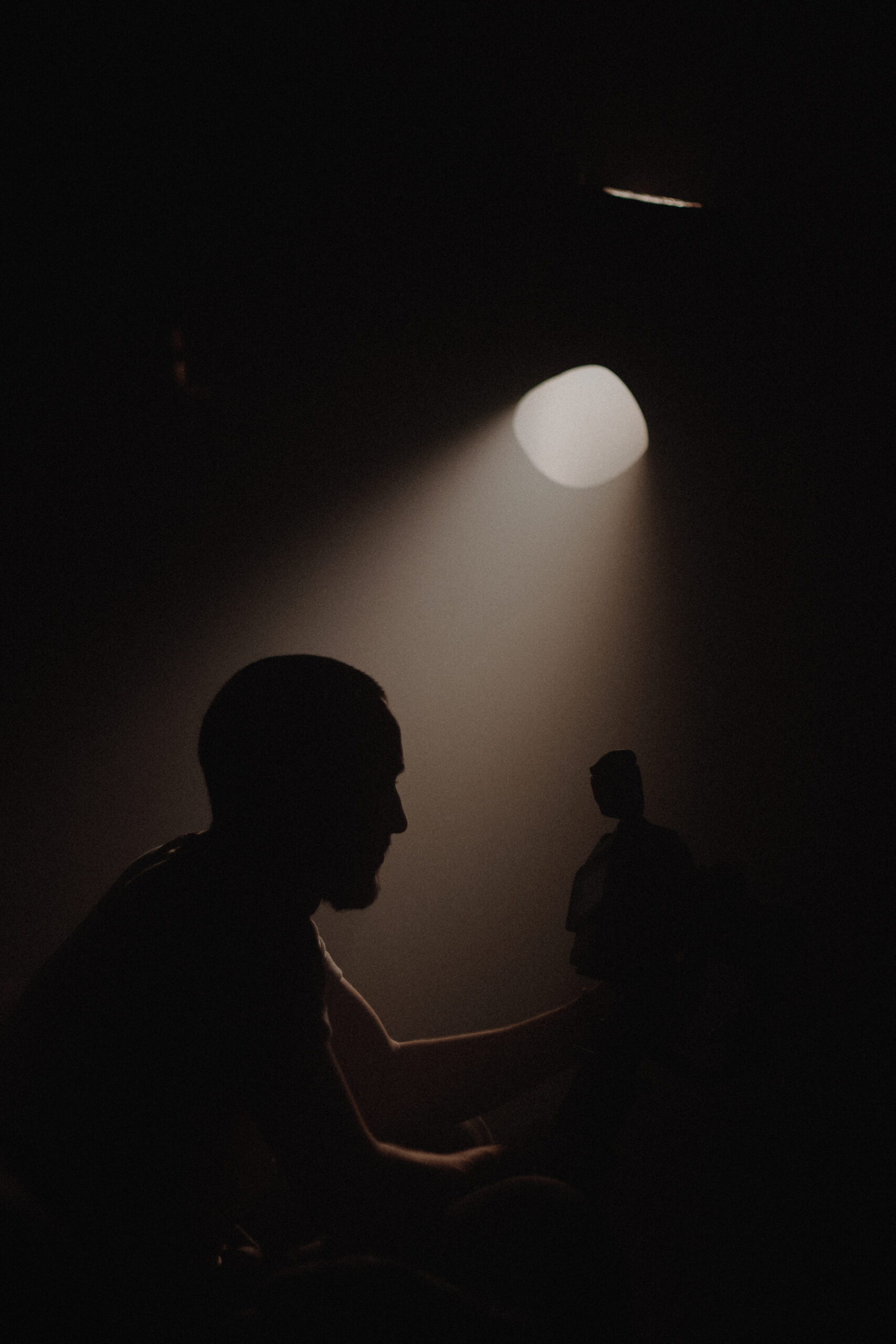 Visual element #2 – Balance ⚖️
Visual element #2 – Balance ⚖️
Every element within a photo holds a certain visual weight dictated by its size, colour, and position. Generally, the more attention an element attracts, the more visual weight it holds. If a photo’s elements are equally spread out around the frame, you can say it’s a balanced photo whilst if a photo’s elements are all to one side, you can say it’s an imbalanced photo.
Neither of the two are particularly good or bad, however do keep in mind the emotions they convey to viewers. Balanced photos suggest calmness and lack of movement, whilst imbalanced photos exude dynamicity and a sinister air.
Visual element #3 – Breathing space 🫁
There’s no law dictating how many subjects a photo can have, however do keep in mind that every subject needs its own breathing space, or ‘empty’ space. Without this, subjects will end up interfering each other, fighting for the viewer’s attention.
Whilst visual elements can be seen, abstract elements can be felt. Here are two abstract elements you should always keep in mind when planning your next shoot:
Abstract element #1 – Intent 🧠
As with any other work of art, a good photo needs to be shot with intention. Before heading out of the house and mindlessly capturing scene after scene, think of a particular situation you’d like to photograph and plan out how you’d populate your frame. Every element in an image needs to have a reason behind its size, placement, and inclusion.
Abstract element #2 – Emotion 🥲
Photography’s considered an art form because of the complex stories and emotions that it can convey. When thinking of your photo’s intent, hone in on what emotion you’d like to convey through your shot and figure out how you can include or exclude elements to support that.
Tag a friend who should step up their photography game.

